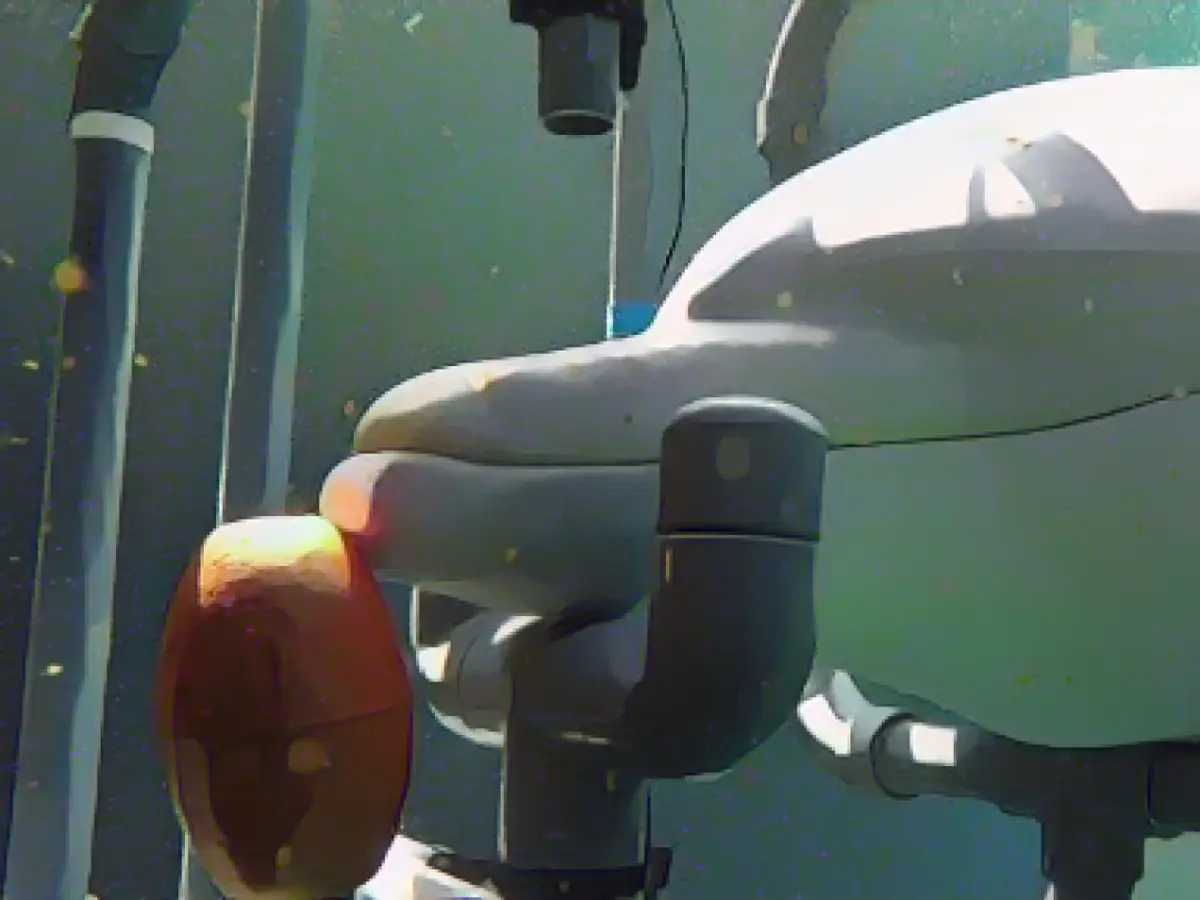Dolphins' Sense of Electric Fields Unveiled
In a groundbreaking study published in the "Journal of Experimental Biology," a team of biologists and physicists from Rostock and Nuremberg have found that bottlenose dolphins can sense weak electric fields, much like their shark and ray counterparts. This new discovery offers insight into the orientation behavior of these remarkable creatures in the world's oceans.
Guido Dehnhardt, a neurobiologist from the Institute of Biosciences at the University of Rostock, explained that this experiment marks the first time scientists have demonstrated a sensory basis for dolphins using the Earth's magnetic field for orientation. Although the potential for this ability is there, it remains to be seen how extensively dolphins utilize it.
The findings were based on experiments with two dolphins, "Dolly" and "Donna," at Nuremberg Zoo, which has kept dolphins since 1971. In the experimental setting, the dolphins learned to leave an underwater PVC pipe apparatus when they received an electrical signal and wait when there was none. Their correct responses were rewarded with food.
Although the dolphins showed slight differences in their reactions to the strength of the electric fields, it was a minor distinction, as reported by biologist Tim Hüttner from the University of Rostock/Nuremberg Zoo. The researchers and their team of trainers led by dolphin keeper Armin Fritz spent over a year preparing Dolly and Donna for these tests, focusing on the subtlest electrical signals that the dolphins could not detect without specialized receptors.
The electroreceptive ability, known in sharks and rays as well, is now confirmed to exist in bottlenose dolphins, a small group of mammals that also includes the platypus, the short-beaked echidna, and the Guyana dolphin.
Related Content:
- An Unexpected Sense
The researchers found that dolphins use nerve-rich structures on their rostrum, known as tactile pits or vibrissae, to detect electric fields. These structures are present in young dolphins as whiskers, which help them find their mother's teat.
The discovery of dolphins' electroreceptive ability adds another layer to our understanding of their sensory capabilities and suggests ways in which this ability could influence their behavior and navigation.
Source:
Enrichment Data Insights:
Electroreception, while primarily utilized for finding prey, may also indirectly contribute to dolphins' navigation and orientation by offering them a deeper understanding of their environment, detecting electrical signals from other marine animals, and facilitating social interactions in their groups. The integration of electroreception with other senses like echolocation and vision helps dolphins create a holistic image of their surroundings, boosting their navigation and orientation skills.






